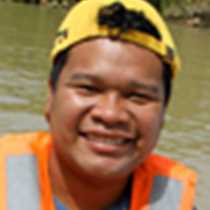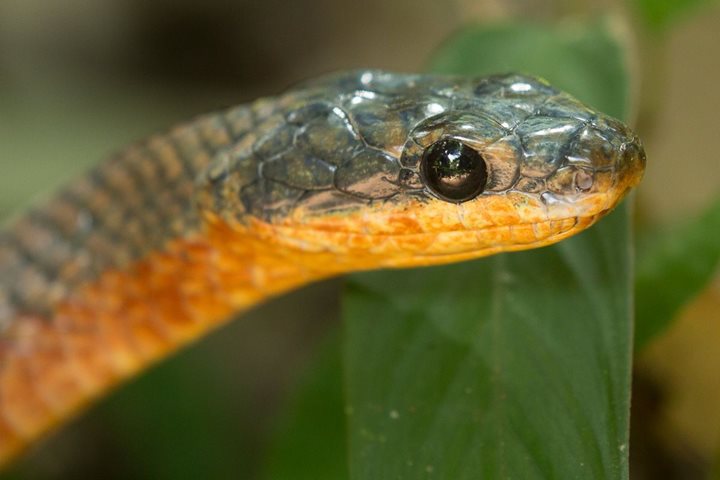Today we viewed an extraordinary sunrise from aboard National Geographic Sea Lion and had our first approach to one of the greatest national parks of the neotropics: Corcovado. Our landing could not have been any smoother on Caletas Beach at the Osa Peninsula. Once we got into this beautiful location we organized the groups for the different activities we offered.
The day developed in favorable conditions for our guests that enjoyed a nice horseback riding trip, watching the bounties of mother earth and pristine landscapes around the route of the trip.
Other guests decided to take the long hike through the rainforest and they were astonished to see the lush vegetation living in it. An amazing sighting of leaf cutter ants colonies transporting leaves from the canopy back to their underground nest which put in a great show for our guests’ view.
In the mid-afternoon we repositioned our vessel to face the entrance of the national park. Our guests went for two hikes—one of them to the waterfall called San Pedrillo, where a refreshing stop to jump in the water awaited our guests, in addition to incredible wildlife sightings. Another hike was offered to the Pargo trail, which goes deeper into a mature forest. It was great to see the interaction of fig trees fusing their huge roots among each other, and emergent trees of many kinds above the canopy competing for sunlight. By the end of our hike, our surprise could not have been any bigger with the most impressive view of a strangler fig. These organisms are parasitic vegetation that eventually kill their former host trees and give us the opportunity to understand that at certain times the rainforest is like a battlefield arena. Species of plants can associate each other for their mutual benefit and in other species this organization can be deadly for other tree species.
We waited ashore for our expedition landing crafts to return to National Geographic Sea Lion, which then lifted anchor for our next discoveries on the Pacific coast of Costa Rica.







